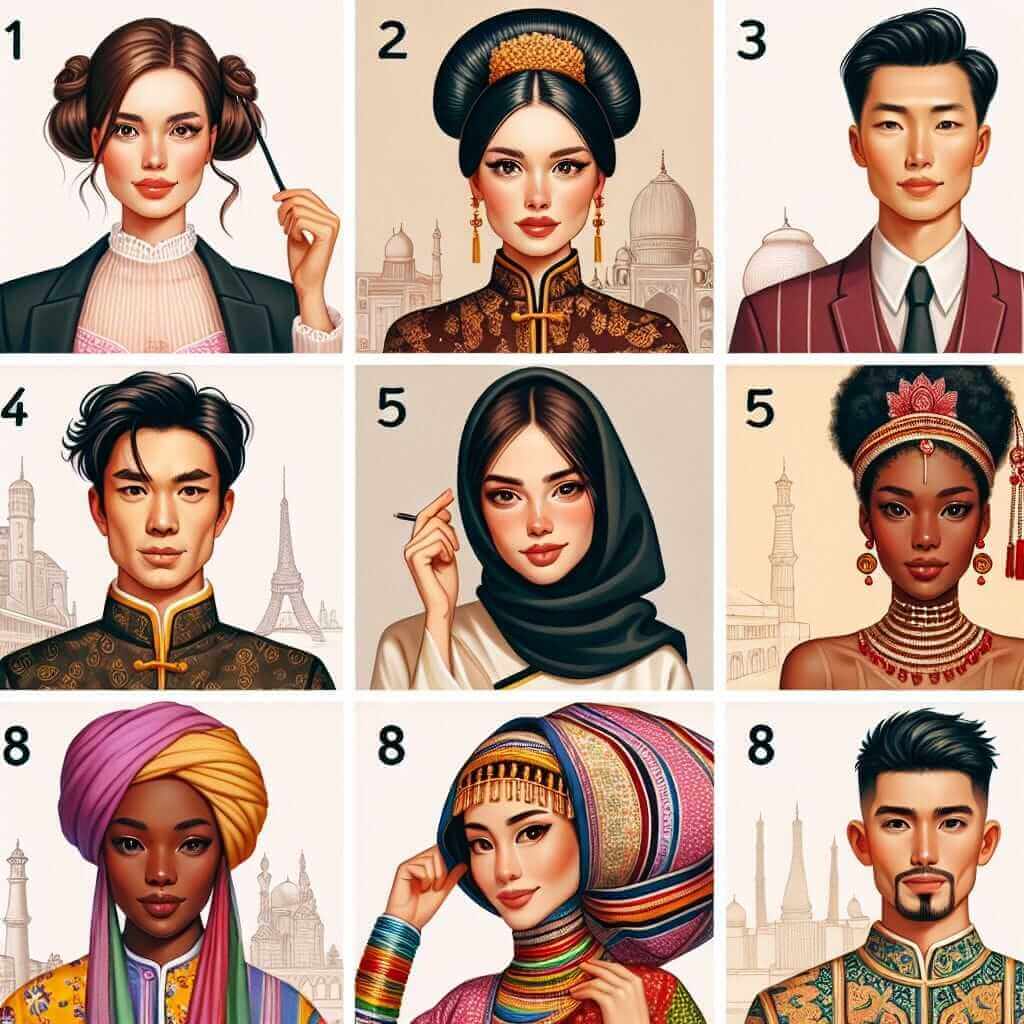As an IELTS instructor with over 20 years of experience, I often encounter the question, “Can human beauty be defined?” This seemingly simple question delves into a complex philosophical debate, making it a popular topic for the IELTS Speaking exam, particularly Part 3 where you’re expected to discuss more abstract ideas.
Nội dung bài viết
Understanding the Scope of the Question
This question isn’t about listing physical attributes. It’s about exploring the subjective nature of beauty and whether it can be objectively defined. The examiner wants to assess your ability to:
- Analyze abstract concepts: Can you dissect the different facets of “beauty” and its interpretations?
- Develop arguments: Can you present a balanced view by discussing different perspectives?
- Use relevant vocabulary: Can you employ sophisticated language related to aesthetics, perception, and cultural influences?
Approaching “Can Human Beauty Be Defined?” in Your IELTS Speaking Exam
Here’s how to tackle this question effectively:
1. Acknowledge the Subjectivity
Begin by acknowledging that beauty is subjective and influenced by personal preferences, cultural norms, and societal values. You can use phrases like:
- “Beauty is often said to be in the eye of the beholder…”
- “Cultural perspectives play a significant role in shaping our understanding of beauty…”
- “While there are conventional standards of beauty, these can change over time and across different societies…”
2. Explore Different Perspectives
Present a balanced discussion by considering different viewpoints:
- The Case for Definition: Discuss how certain physical features (symmetry, clear skin) are often associated with beauty across cultures. You can mention the Golden Ratio and its influence on art and aesthetics.
- The Case Against Definition: Counterargue by highlighting the influence of media, fashion trends, and individual preferences in shaping perceptions of beauty. Mention how diverse features are celebrated in different parts of the world.
3. Use Relevant Examples
Support your points with concrete examples:
- Historical Variations: Discuss how beauty standards have evolved over time, e.g., the Rubenesque figures of the Renaissance versus the slim figures promoted today.
- Cultural Differences: Highlight how different cultures have diverse beauty ideals, e.g., the significance of long necks in some cultures or scarification as a mark of beauty in others.
- Inner Beauty: Don’t forget to mention the importance of inner qualities like kindness, intelligence, and humor in contributing to a person’s overall attractiveness.
 Different Beauty Standards Around the World
Different Beauty Standards Around the World
Example IELTS Speaking Question:
Examiner: Some people argue that beauty is only skin deep. What’s your opinion?
Candidate: Well, that’s a complex issue. On the one hand, we often hear that inner qualities like kindness and intelligence are more important than physical appearance. And I agree that true beauty comes from within. However, it’s also true that we live in a world where physical attractiveness plays a role in how we are perceived, and I think it’s naive to deny that.
Tips for Success
- Expand your vocabulary: Learn synonyms for “beauty” (attractiveness, aesthetics, allure) and related concepts (subjective, objective, perception).
- Practice speaking fluently: Practice discussing this topic using the strategies outlined above. Record yourself and analyze your performance.
- Stay informed: Read articles and watch documentaries about beauty standards and their impact on society.
By following these tips and familiarizing yourself with the nuances of this topic, you’ll be well-prepared to impress the examiner and achieve a high score in your IELTS Speaking exam. Remember, it’s not about having the “right” answer, but rather demonstrating your ability to think critically, express your ideas effectively, and engage in a thought-provoking discussion.


